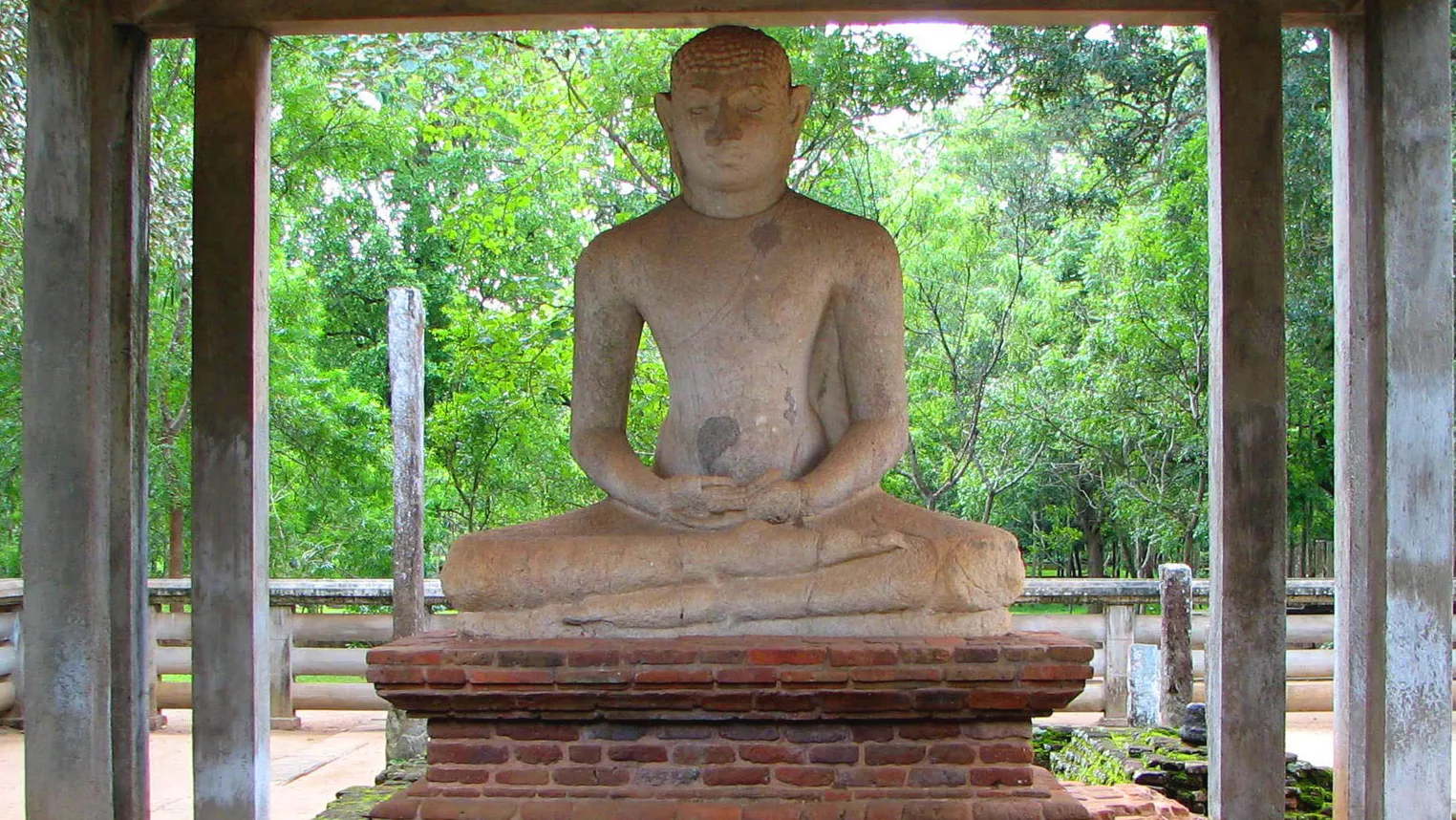The Enigmatic Samadhi Buddha Statue: A Glimpse into Spiritual Serenity
Introduction
The world of art and spirituality often converges in the most captivating ways. One such convergence is the Samadhi Buddha Statue, a masterpiece that transcends time and culture. In this article, we will explore the profound significance, history, artistry, and cultural impact of the Samadhi Buddha Statue.
Unveiling the Serenity
The Samadhi Buddha Statue, also known as the “Sambuddha Jayanthi Buddha Statue,” is the epitome of serenity and spiritual enlightenment. Cast in stone, it has become a symbol of deep meditation and tranquility.
Origin and History
The origins of the Samadhi Buddha Statue trace back to India, the birthplace of Buddhism, in the 4th to 5th centuries. This period marked the Gupta dynasty’s reign, which witnessed an artistic renaissance. The statue was sculpted during this time as a tribute to Lord Buddha’s profound teachings.
Artistry and Symbolism
- Pose and Posture: The Samadhi Buddha is depicted in the Dhyana Mudra, where the hands rest on the lap, symbolizing deep meditation and concentration.
- Eyes: The half-closed eyes represent a state of introspection, looking inward to attain enlightenment.
- Robe and Elongated Earlobes signify renunciation and detachment from worldly desires.
- Lotus Throne: The lotus, rising from muddy waters, represents the purity and enlightenment that can be achieved despite life’s challenges.
Cultural Significance
The Samadhi Buddha Statue has not only remained an artistic masterpiece but has also played a significant role in Buddhism’s spread across Asia. It serves as a visual representation of the path to enlightenment and has inspired countless practitioners on their spiritual journey.
The Journey of the Statue
The Samadhi Buddha Statue’s journey across centuries is as captivating as its form. It has witnessed the rise and fall of empires, the dissemination of Buddhism, and the evolution of art.
Rediscovery
After centuries of obscurity, the Samadhi Buddha Statue was rediscovered in the ancient city of Sarnath, India, where Lord Buddha delivered his first sermon. Its rediscovery in the early 20th century marked a significant moment in the preservation of Buddhist heritage.
Preservation and Recognition
The statue now resides in the Sarnath Museum, where it is protected and revered as a cultural treasure. It has also gained recognition as a UNESCO World Heritage Site.
Impact on Modern Society
The Samadhi Buddha Statue continues to captivate modern society. Its symbolism of inner peace, meditation, and enlightenment resonates with people seeking solace in today’s fast-paced world.
Meditation and Mindfulness
The statue’s imagery often serves as a focal point for meditation and mindfulness practices, helping individuals achieve a state of inner calm.
Conclusion
The Samadhi Buddha Statue, with its rich history, profound symbolism, and enduring impact on art and spirituality, stands as a testament to the timelessness of human creativity and the eternal quest for inner peace and enlightenment.
